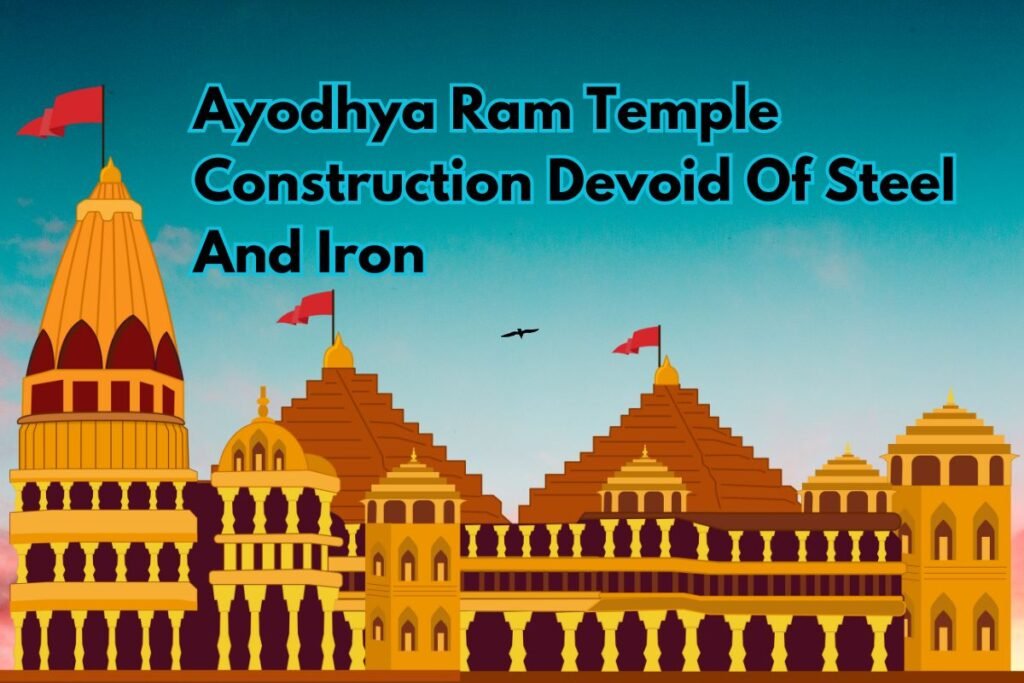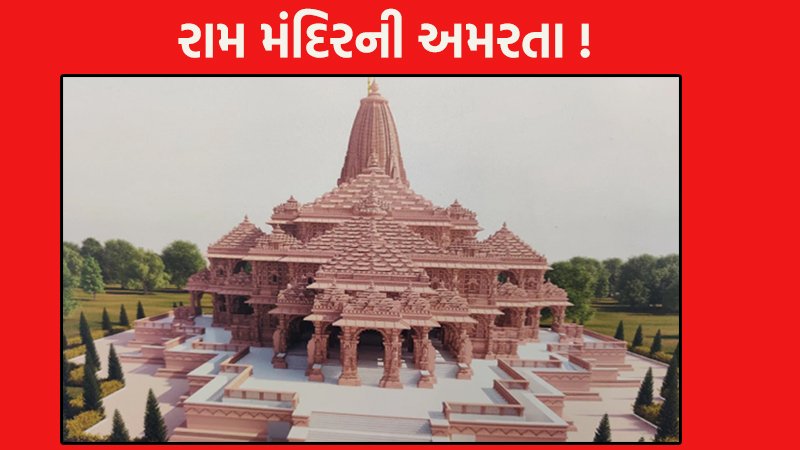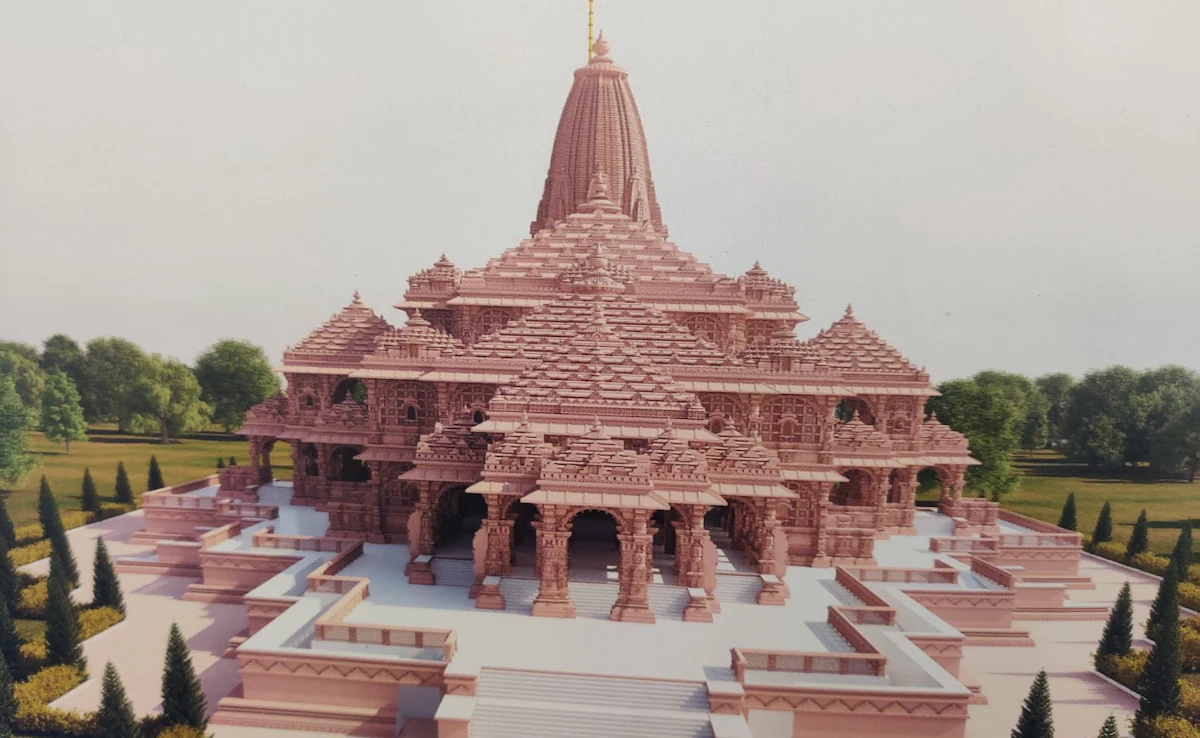Introduction:
In the heart of Ayodhya, a city deeply entwined with the tapestry of Indian cultural and religious heritage, the grand temple for Ram Lalla, the revered child form of Lord Ram, is nearing completion. The ayodhya ram temple construct, under the guidance of the Shri Ram Janmabhoomi Teerth Kshetra Trust, has become a symbol of India’s rich architectural heritage, blending tradition with cutting-edge scientific principles to ensure its longevity for centuries to come.
Architectural Design and Architect:
The man behind this awe-inspiring structure is Chandrakant Sompura, a seasoned architect whose family has been designing heritage temple structures for over 15 generations. The architectural design of the Ram Mandir follows the Nagar Shaily, a style characteristic of northern Indian temples. Sompura expresses his pride, stating, “In the annals of architecture, the Shri Ram Temple will be a rarely seen, unique kind of splendid creation, not only in India but anywhere on Earth.”
Longevity and Scientific Expertise:
One of the significant features of this architectural marvel is its commitment to longevity. Shri Nripendra Misra, the chairperson of the temple construction committee, affirms that the temple has been meticulously designed to endure for more than a thousand years. To achieve this, the construction incorporates top-notch Indian scientific expertise, with contributions from even the Indian Space Research Organisation (ISRO).

Dimensions and Unique Features:
The temple’s total area spans 2.7 acres, boasting a built-up area of around 57,000 square feet, distributed across three floors. What makes the Ram Mandir truly unique is the absence of iron and steel in its construction. Misra explains that the decision to avoid these materials stems from the limited lifespan of iron, approximately 80-90 years. The temple’s height, reaching 161 feet, mirrors about 70% of the Qutub Minar’s towering presence.
Construction Materials and Techniques:
Dr. Pradeep Kumar Ramancharla, the Director of the Central Building Research Institute in Roorkee, sheds light on the construction materials. He emphasizes the use of the finest quality granite, sandstone, and marble, eschewing cement or lime mortar in the joints. Instead, a lock-and-key mechanism, employing grooves and ridges, secures the construction’s integrity.
The visible part of the temple utilizes pink sandstone, known as ‘Bansi Paharpur’ stone, sourced from Rajasthan. The sanctum sanctorum is adorned with white Makrana marble, the same material used in the construction of the iconic Taj Mahal.
Foundation Challenges and Solutions:
The temple’s foundation posed a unique challenge due to the sandy and unstable soil beneath. To counter this, scientists undertook a comprehensive solution. The entire temple area’s soil was excavat to a depth of 15 meters. Engineered soil, laid to a depth of 12-14 meters, replaced the excavated area. Importantly. No steel re-bars were used, and the 47-layered bases were compacted to create a solid rock-like foundation. To reinforce this, a 1.5-meter-thick M-35 grade metal-free concrete raft was add.
A plinth of 6.3-meter-thick solid granite stone, sourced from southern India, further strengthened the foundation. The temple’s above-ground structure is craft from pink sandstone. While the visible part is made of ‘Bansi Paharpur’ stone. The sanctum sanctorum is adorn with white Makrana marble. Known for its association with the Taj Mahal’s construction.

CBRI’s Contribution and Structural Design:
An analysis of around 50 computer models guided the final structural design, ensuring both performance and architectural integrity. The structure is design to resist an earthquake with a return period of 2,500 years. Remarkably, the dry-jointed structure, designed for a 1000-year lifespan, consists solely of interlocked stone, without steel reinforcement, according to the Central Building Research Institute (CBRI).
The CBRI, actively involved in the construction since early 2020, has contributed to the structural design. The ‘Surya Tilak’ mechanism, design vetting of the temple foundation, and structural health monitoring of the main temple. Dr. Sharda Srinivasan, an archaeologist specializing in heritage metals at the National Institute of Advanced Studies. Bengaluru, notes the temple’s adherence to traditional temple architecture principles. She highlights the absence of mortar and iron and steel. Pointing to the use of the Mortis and Tenon method and the trabeate system.
Conclusion:
As ayodhya ram temple construct stands tall, it symbolizes more than a physical structure. It represents the enduring spirit of India’s cultural and religious heritage, a harmonious blend of tradition and modernity. The architects and scientists involved have not just ayodhya ram temple construct ; they have crafted a timeless masterpiece that resonates with the soul of a nation. The Ram Mandir, with its architectural grandeur and scientific precision. Stands as a testament to India’s rich legacy and its ability to seamlessly weave tradition into the fabric of progress.
